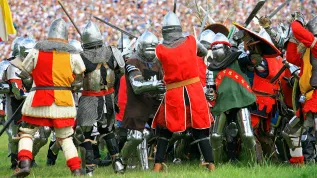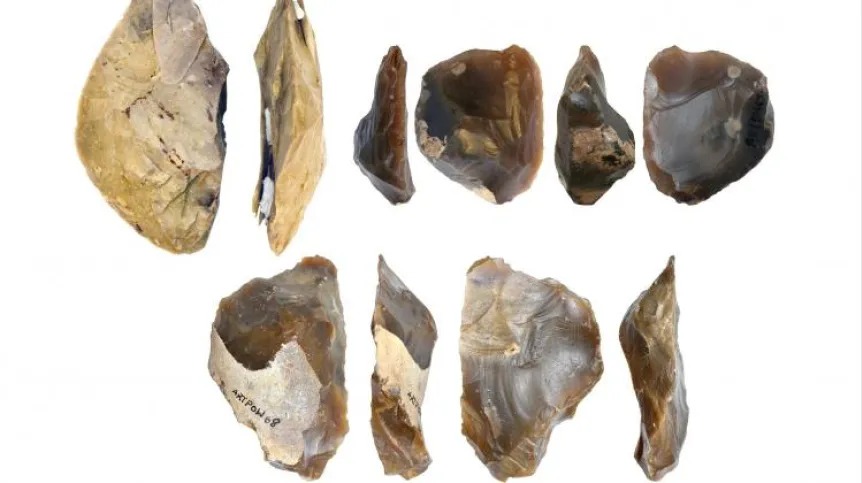
Researchers discovered a flint workshop of Neanderthals in Pietraszyno (Silesia). According to scientists, it is the first such large workshop in Central Europe that was not located in a cave. So far, researchers have counted 17,000 stone products created 60 thousand years ago.
Neandertals (Homo neanderthalensis) were very close relatives of contemporary man (Homo sapiens). They probably appeared in Poland approximately 300,000 years ago. The oldest stone tools they used, discovered on the Vistula, are over 200,000 years old, and the remains are over 100,000 years old.
"On the bank of the river in Pietraszyno, we discovered an unprecedented amount of flint products - 17,000 - abandoned by Neanderthals approximately 60,000 years ago" - says Dr. Andrzej Wiśniewski from the Institute of Archaeology, University of Wrocław. Since 2018, the researcher has been conducting joint excavations with researchers from the Max Planck Institute for Evolutionary Anthropology in Leipzig in the framework of a National Science Centre project. In his opinion, this is the first such large Neandertal workshop discovered in Central Europe that was not located in a cave.
Until now, scientists believed that such large accumulations of flint tools in one place began to appear a bit later, with contemporary man, between 40,000 years and 10 thousand years ago. "This was proof of a more systematic and regular operation in a given area" - the archaeologist says.
Scientists believed that Neanderthals not living in caves did not settle in such places for too long. Therefore, it was difficult to find strong traces of their presence; most often they are individual tools scattered near the places where they were been used, for example, where animals were slaughtered.
"The finds from Pietraszyno completely contradict the old vision of the use of open areas by Neanderthals. It appears that in this place a community was present over a longer period, as evidenced by the large number of discovered objects. In addition, there are also preserved remains of mammoth, rhinoceros and horse bones" - the scientist says.
Archaeologists were able to identify the places where certain types of tools had been made. During excavations, they found numerous flint wasted generated during the production of tools such as hand axes or knives. Interestingly, for the first time in this part of Europe, scientists were able to reconstruct the whole process of making the tool from the first hit on a block of stone to a finished product. Archaeologists were also able to say which tools had been used, and which had not.
"Neanderthals made very few types of tools in this place, which indicates that these activities were socially agreed upon and served the common goals. Some of the products were probably used to cut meat. Evidence of this are the remains of animals discovered next to them" - says Dr. Wiśniewski. The scientist adds that this is also evidenced by microtraces visible on the tools.
Detailed analysis of the technique of making the tools allowed to determine they had been made by several people.
However, archaeologists found far fewer products than one would expect. This was the conclusion following the count of discovered fragments of flints created during the preparation of specific tools. "It means that they were taken away somewhere and used" - the scientist adds.
Scientists consider the Neanderthal a "brother", not an ancestor of contemporary man - he belonged to the extinct line of homo sapiens. For a long time, this species was presented in a rather prejudiced manner - as semi-animal and primitive beings. Research from recent years indicates that this human species had more in common with us than previously thought.
"The discoveries from Pietraszyno confirm that everyday life of Neanderthals was far from the long-standing model. Increasing amount of data confirm strong similarities in various spheres of activity to behaviours previously attributed exclusively to anatomically modern man" - says Dr. Wiśniewski.
In the opinion of the researcher, contrary to the previous views, Neanderthals had a very well-developed social and territorial structure. "In many respects, it was similar to that of anatomically modern men that came to these areas many millennia later" - he argues.
"Only in the last decade, scientists have provided evidence that Neanderthals used symbols, leaving mysterious signs on the walls of caves, and made ornaments. They probably buried the dead, used and maintained fire, and built simple architectural structures, not to mention that they had a very diverse diet, as did the representatives of our species living in the same period" - concludes Dr. Wiśniewski.
PAP - Science in Poland, Szymon Zdziebłowski
szz/ ekr/ kap/
tr. RL
Gallery (4 images)
-
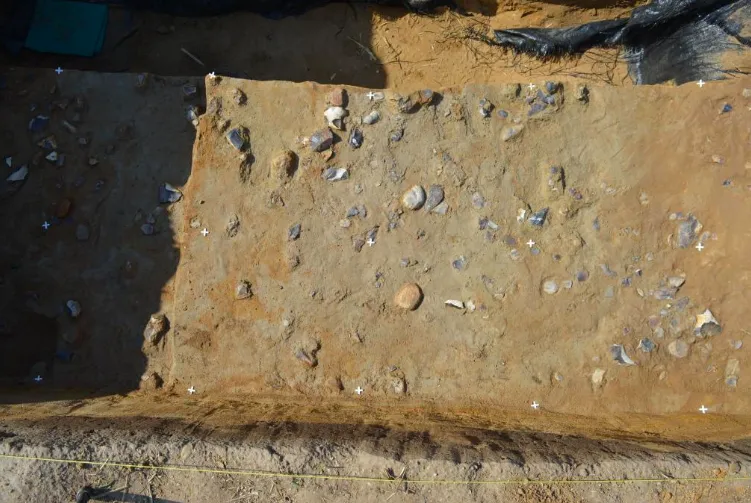 1/4Photo: A. Wiśniewski
1/4Photo: A. Wiśniewski -
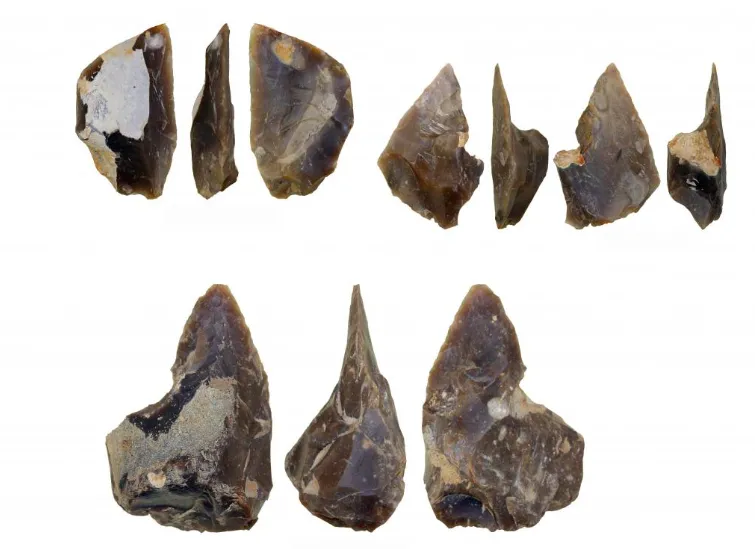 2/4Photo: A. Wiśniewski
2/4Photo: A. Wiśniewski -
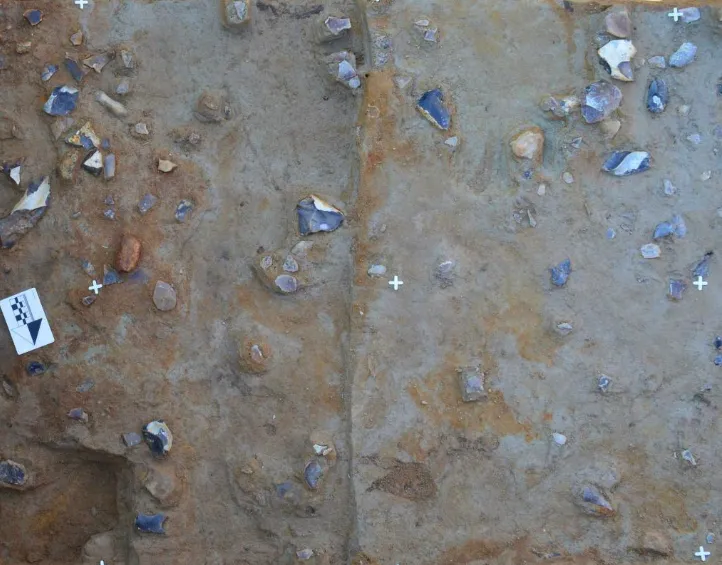 3/4Photo: A. Wiśniewski
3/4Photo: A. Wiśniewski -
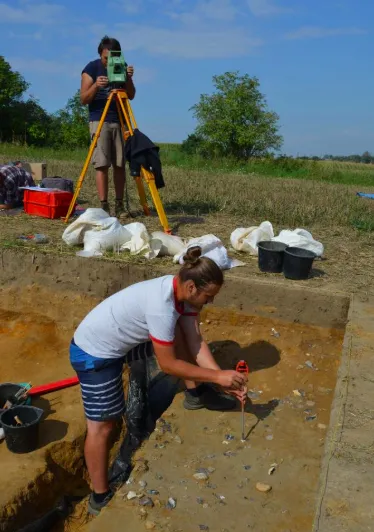 4/4Photo: A. Wiśniewski
4/4Photo: A. Wiśniewski

